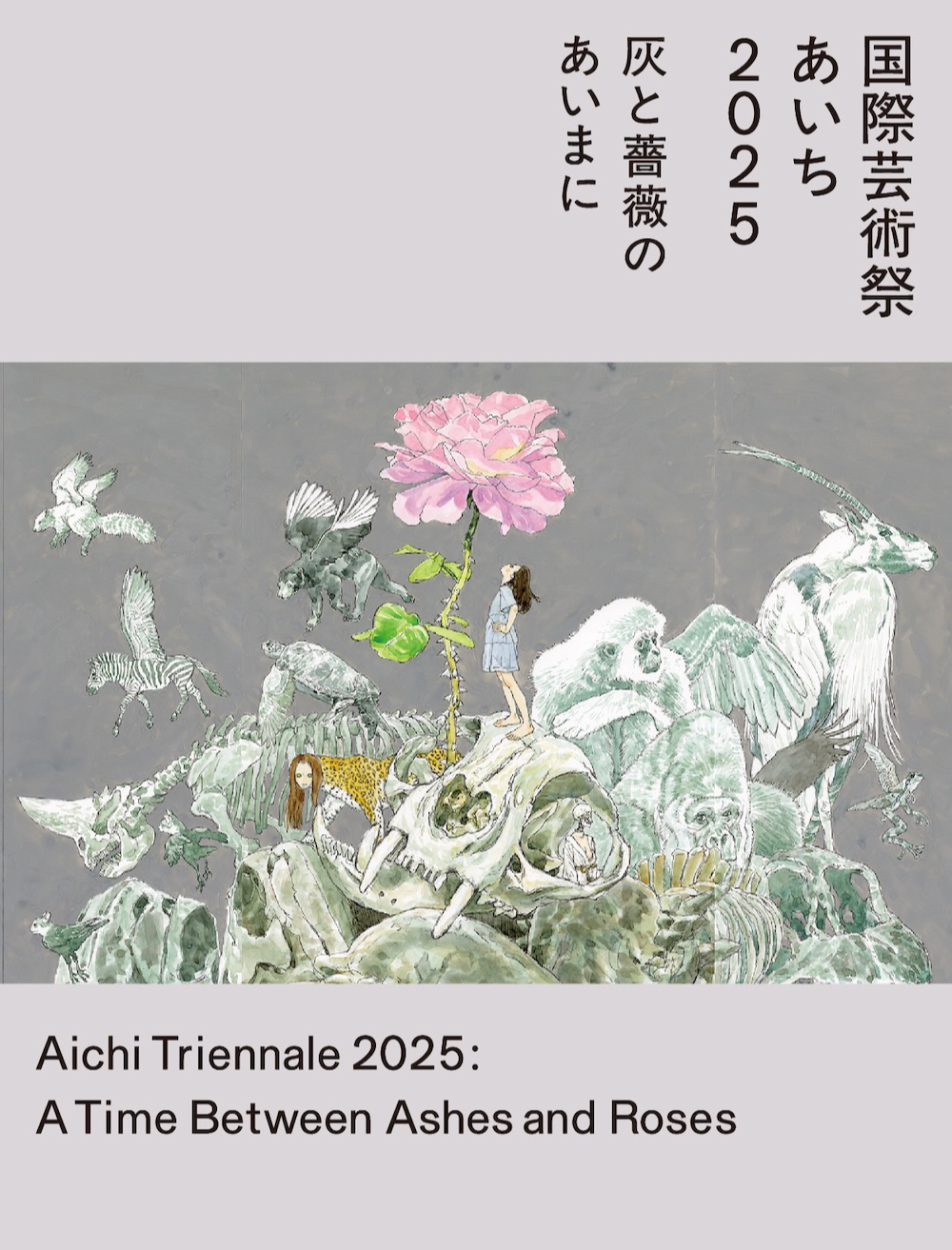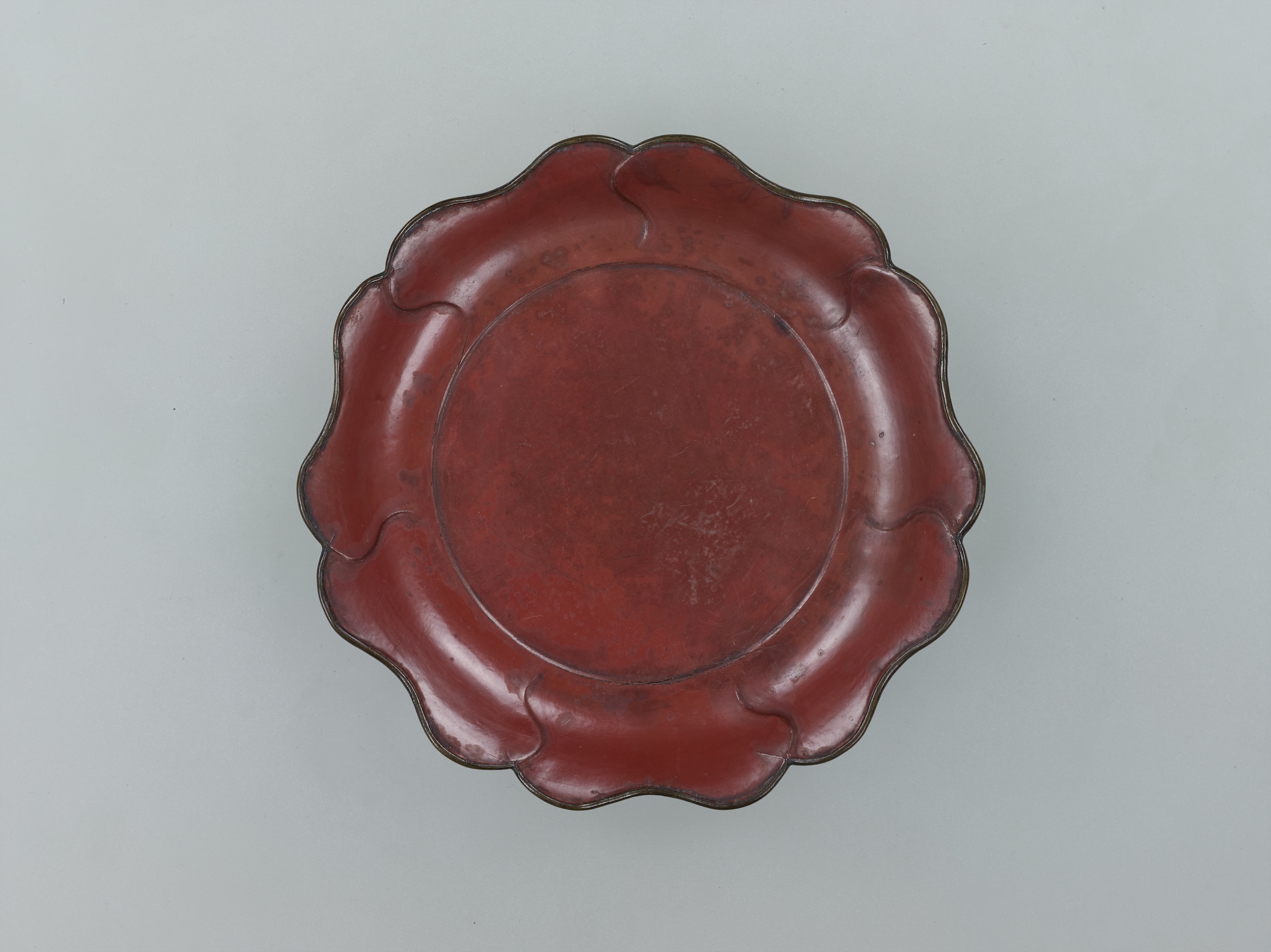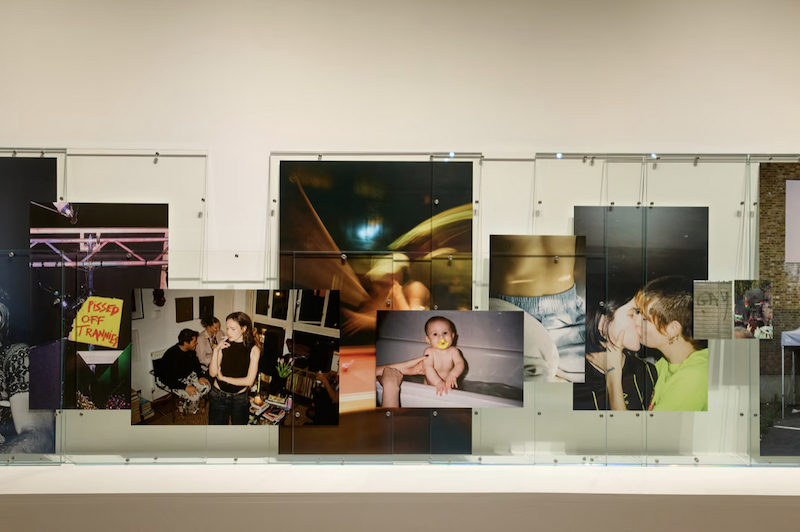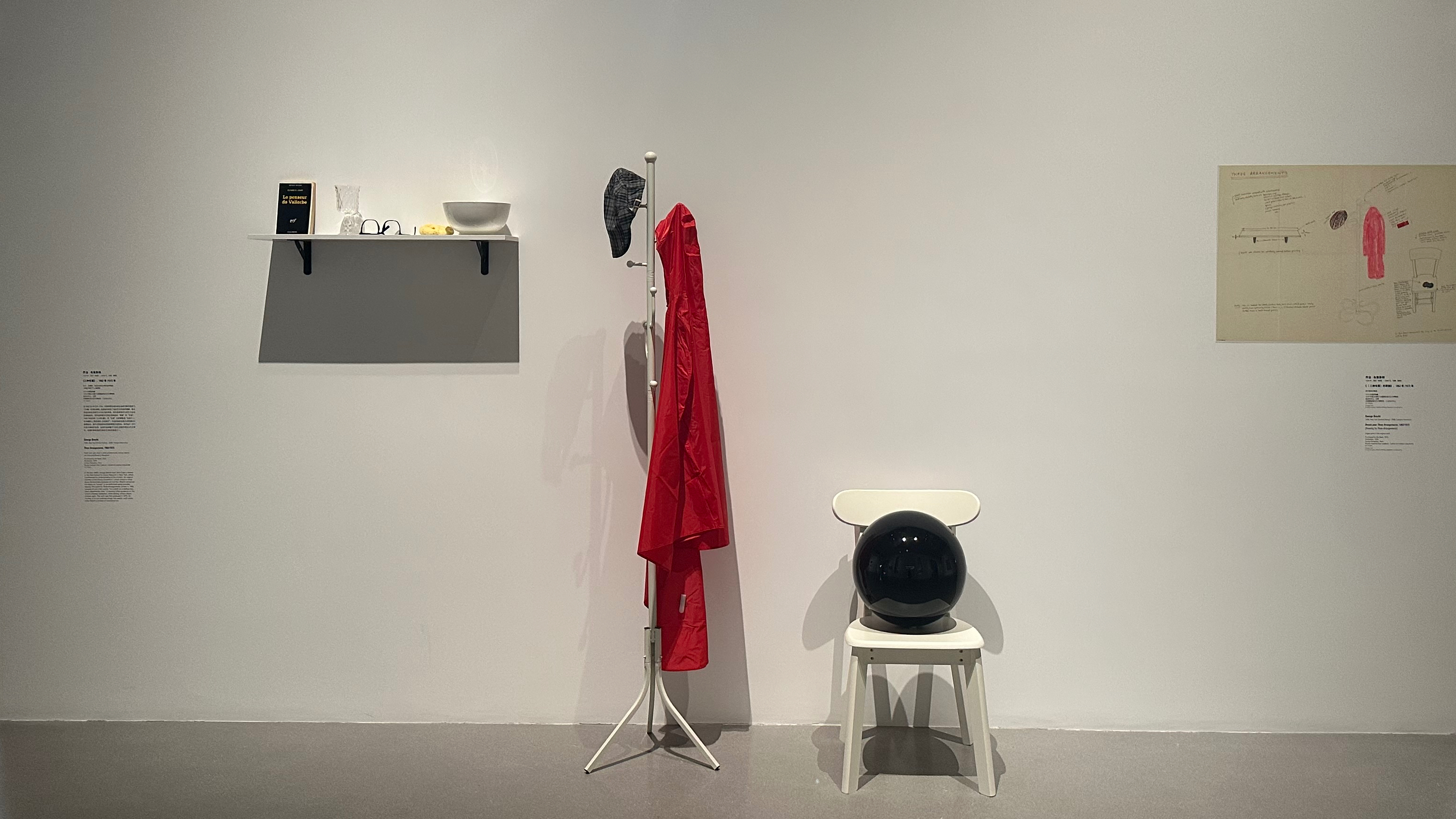
The 6th Aichi Triennale, titled "Between Ashes and Roses," recently opened in Japan, showcasing works by artists from around the world at venues including Seto City, the Ceramic Museum, and the Aichi Arts Center. Through video, installation, and painting, the exhibition explored the complex relationships between nature and civilization, memory, and war, attempting to reframe our understanding of the human world on a geological timescale.
"Between Ashes and Roses": Dual Metaphors of Poetry and War
The theme of the Aichi Triennale 2025 is "Between Ashes and Roses." This poetic phrase comes from the title of a collection of poems published in 1971 by the Syrian modernist poet Adonis. Princess Hoor Al Qasimi of the United Arab Emirates, the artistic director of the exhibition, stated, "In Adonis's poetry, ashes are not the product of natural decomposition, but rather the byproduct of human activity—the remnants of unrestrained violence, war, and slaughter. Adonis narrates the legacy of war not through direct causality or modern territorialism, but through the eternal timeline of geology. This Triennale attempts to reexamine the profound contradictions between humanity and the environment using the geological timescale, rather than the anthropocentric perspective of national boundaries and ethnicity."

Aichi Triennale 2025 Poster © 2024 Daisuke Igarashi All Rights Reserved.
At the Seto City New World Craft Museum, Tunisian dancer and choreographer duo Selma and Sofiane Ouissi's work "Lar Usa" expresses the power inherent in everyday labor through a gaze and imitation of subtle movements etched in collective memory. Maitha Abdalla applies theatrical gestural and spatial performance thinking to painting, exploring a wide range of themes including folklore, mythology, gender, social norms, and psychology through vivid and vibrant paintings. Japanese artist Yuma Tomiyasu transforms a fruit and vegetable shop on a shopping street into an alternate universe parallel to reality, where numerous delicate clay flowers, in their pre-fired state, are scattered throughout. Entering this world is like entering a post-apocalyptic time and space devoid of any trace of humanity.

Yuma Tomiyasu, “Silence (Two Days)”, exhibition view, Aichi Triennale 2025 ©︎ Aichi Triennale Organizing Committee Photo: Kido Tamotsu
In this series of powerful works, we can clearly feel the commonality behind these works, that is, the indescribable unknowability of the natural world - infinite vastness and richness, extreme cruelty and danger.

Aichi Triennale 2025, exhibition view, Mulyana, “Between Ocean Currents and Flowers,” 2019-present ©︎ Aichi Triennale Organizing Committee
Entering the tenth-floor exhibition hall of the Aichi Arts Center, one is greeted by Indonesian artist Mulyana's work, "Between Ocean Currents and Flowers." These works, woven and crocheted, completely envelop the entire entrance. On the surface, they appear vibrant and vibrant displays of coral and marine life, but alongside them, bleached corals and whale skeletons, they underscore the artist's deep concern for ocean pollution. Within this specific setting, a new metaphor is undoubtedly added: the weaving technique and all-encompassing coverage seem to suggest humanity's unbridled control over the natural world. Entering the exhibition from this point is like entering a history of humanity and the natural world, from coexistence and mutual assistance to struggle, checks and balances, and manipulation.

Aichi Triennale 2025, exhibition view, Mulyana, “Between Ocean Currents and Flowers,” 2019-present ©︎ Aichi Triennale Organizing Committee
Nature and Civilization: The Prehistoric World and Memories Lost in War
Thus, we see a prehistoric nature woven by colonialism. In the exhibition hall, Hiroshi Sugimoto's "Diorama Gallery," photographed at the American Museum of Natural History, is interspersed with three "Higashiyama Zoo Beast Gallery Murals" painted by Saburo Ota, Saburo Miyamoto, and Kiyoshi Mizutani for Higashiyama Zoo in Nagoya in 1948. These paintings reveal how, since the rise of colonialism in the 19th century, human society has imagined the prehistoric world, using modern technology to simulate a false nature while isolating the true nature far away on the other side of an unbridgeable abyss.

Works by Hiroshi Sugimoto and Saburo Miyamoto at the Aichi Triennale 2025 exhibition. ©︎ Aichi Triennale Organizing Committee Photo: ToLoLo studio

Installation view of the Aichi Triennale 2025. Dara Nasir, “Noah’s Tomb,” 2025. ©︎ Aichi Triennale Organizing Committee. Photo: ToLoLo studio
Next, Lebanese artist Dala Nasser's large-scale installation, "Noah's Tomb," reveals how she reinterprets the story of Noah's Ark within the context of modern geopolitics and culture. Syrian artist Hrair Sarkissian's "The Garden of the Lost" immerses viewers in the tragic history of the Museum of Raqqa in northern Syria. Between 2013 and 2017, the museum was destroyed and looted by ISIS, resulting in the loss of most of its collection. To visualize this lost history, Sarkissian uses stone-carved translucent panels to display 48 missing relics. These 3D-printed relics, like eerie black-and-white photographs, appear illuminated within the pedestals of tombstones, allowing viewers to experience the cruelty and evil of war and the local people's longing for renewal.

Installation view of the Aichi Triennale 2025. Harail Sarkesian, “The Garden of the Lost,” 2025. ©︎ Aichi Triennale Organizing Committee. Photo: ToLoLo studio
On the eighth floor, numerous video installations draw visitors through a continuous journey through and intertwine "real spaces" across different timescales. Singaporean artist Zhao Renhui, whose work "Owl, Traveler, and Concrete Sewer," has been observing and focusing on "secondary forests" since 2017, uses contrasting images of the quiet workings of nature and traces of human intervention to depict a surreal narrative of forest trees, animals, colonial relics, birds that fly in to drink from the concrete drain, and two travelers wandering through the forest.

Installation view of the Aichi Triennale 2025, Zhao Renhui, "Owl, Traveler, and Cement Sewer," 2024. Photo by the author.
Another sculptural video installation in the same exhibition hall, “Seeing the Forest,” incorporates old bottles and relics of Japanese soldiers that he actually discovered while exploring the forest, suggesting the hybrid state in which human existence and natural history are intertwined.
The three-channel video installation "Vertigo Sea," located at the end of this exhibition area, plunged everyone into a deep sense of unease and guilt. In this work, British artist John Akomfrah explores what the thinker and writer Ralph Waldo Emerson called "the vast, majestic ocean." He interweaves the histories of global migration, the refugee crisis, the Atlantic slave trade, and ecological awareness, weaving together multiple stories centered on the ocean. Images include violent whaling off the coast of Newfoundland, polar bears hunting on the Arctic ice, shipwrecked migrants and floating bodies bound for Europe, images of slave ships, and the ocean as a nuclear testing ground and deep-sea oil extraction site. Here, the ocean is a graveyard, where, alongside beautiful memories, there are also images of violence, such as industrial exploitation, climate change, and the mass deaths of migrants and slaves.
The 40-minute video draws everyone who enters this space directly into a history of humanity's conquest of nature, rife with violence, greed, and madness. We witness not only human arrogance, hubris, and evil, but also the struggle of nature under its clutches. Even long after leaving this space, a deep sense of unease and guilt lingers within.
Ceramic Art Museum Exhibition Area: Weak Power in the Cracks of Civilization
If the works by 30 artists/groups at the Aichi Arts Center allow us to witness, from various levels, perspectives, and standpoints, "the war humanity has waged against the Earth, the war within ourselves, the war with others, the symbolic wars waged over hierarchy, obedience, oppression, famine, hunger, and exploitation, and the war over resources and energy," then the exhibition at the Museum of Ceramics offers a world between "ashes and roses." Here, we witness 14 artists/groups attempting to explore this uncharted territory through their artistic creations, discovering new narratives and seeking alternative perspectives.

Aichi Triennale 2025 exhibition, featuring works by Izumi Kato. ©︎ Aichi Triennale Organizing Committee Photo: Ito Tetsuo

Installation view of the Aichi Triennale 2025. Marilyn Boro-Boer, “Water Condensed into Concrete—From the series ‘Mountains Taken, Cement Brought’,” 2023/2025 ©︎ Aichi Triennale Organizing Committee. Photo: Ito Tetsuo
The dozen or so artists here are silently telling stories through their works that are completely different from the concepts we learn and take for granted in our daily lives: there is no ambition to conquer the world nor the decadence of spiritual collapse, no unbridled violence nor the wailing of darkness, but some are about learning from nature, integrating into nature, and becoming the beauty and hope of nature, which is the kind of harmony that transcends binary opposition and exists between the cracks of civilization.

Wangechi Mutu, “Carrying the End,” 2015 (right), exhibition view at the Aichi Triennale 2025. “Carrying the End,” a site-specific work created for the Aichi Triennale 2025, 2025 (left). Aichi Triennale Organizing Committee. Photo: Ito Tetsuo
The exhibition clearly demonstrates humanity's constant desire to suppress the fluid, ever-changing vitality of nature, creating a false, fixed, and easily controlled, regulated world. This has led to wars of ideas, beliefs, cultures, and resources. This error is being reinforced in the contemporary political and economic environment, pushing human society step by step to the brink of collapse.
Whether it is an art triennial as an individual artist or as a large-scale social project, its significance may be to allow more people to recognize the destruction, sin and devastation contained in human civilization by sharing their own feelings and thoughts, sharing their own situations and confusions, and at the same time, to experience the eternity, power and will that truly come from nature and human nature in the cracks of human civilization through immersive and empathetic experience.
The exhibition will run until November 30th.


